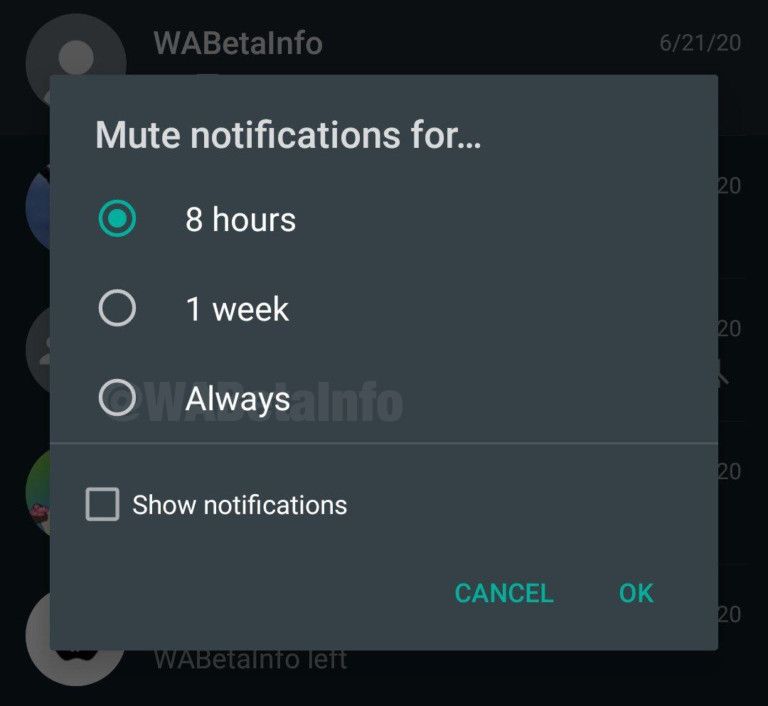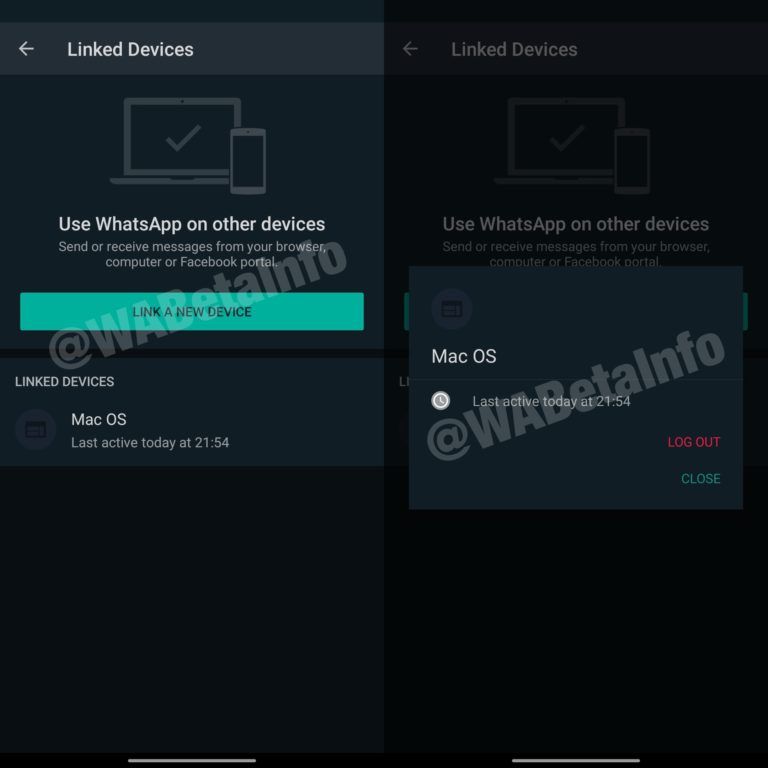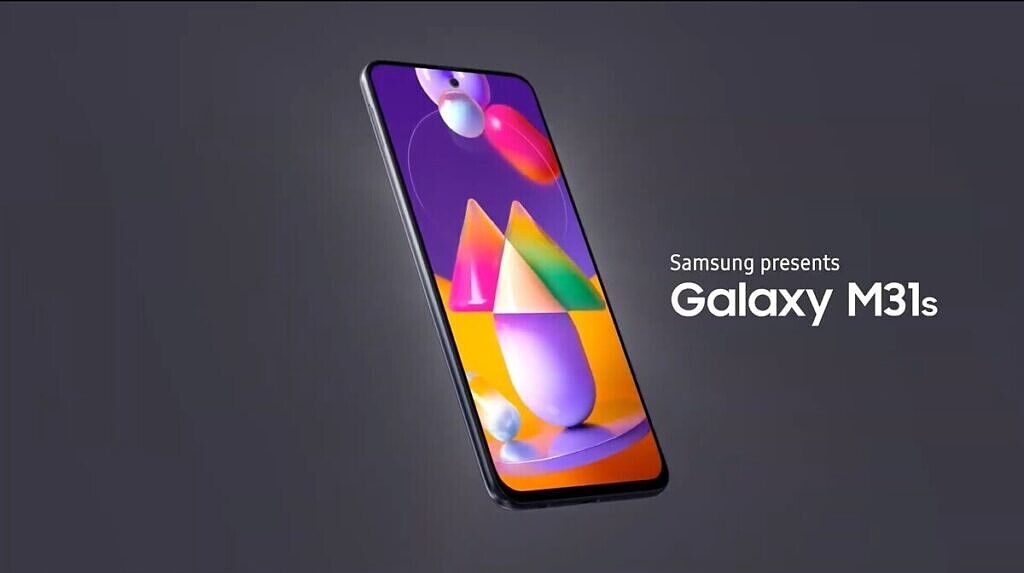Huawei Mobile Services, or HMS, is Huawei’s alternative to GMS, and it similarly consists of user-facing applications as well as core background services. HMS provides an experience that is consistent across devices and independent of the platform version. The HMS ecosystem is comprised of HMS Apps, the HMS Core, and the HMS Capabilities that the Core enables through its available APIs. The latest milestone update to HMS Core 5.0 introduces several APIs and improvements to existing APIs.
Huawei has doubled down on improving HMS Core and its allied services. After all, these services and service frameworks form the backbone of Huawei and Honor’s current experience. As of March 2020, Huawei’s global monthly active users has reached 650 million, representing an increase of 25% YoY. The number of registered developers on Huawei’s platform has also reached 1.4 million, a 115% YoY increase. And the total number of HMS Core apps has also exceeded 60,000 globally, which is a 67% YoY growth. Huawei is placing all of its bets on its own ecosystem, and the constant improvements in HMS Core are testimony to its long-term commitment towards the HMS vision.
HMS Core 4.0 was launched back in January 15, 2020, introducing new APIs in the form of the Map Kit, Machine Learning Kit, Scan Kit, WisePlay DRM, and more. Now, with HMS Core 5.0, Huawei is introducing some more new APIs: AR Engine, Computer Graphics Kit, Accelerate Kit.
AR Engine
Huawei AR Engine is equivalent to Google Play’s ARCore service. Thie AR Engine in HMS Core serves as a platform for building augmented reality (AR) apps on Android smartphones with HiSilicon Kirin chips. It integrates core algorithms for AR to provide basic AR capabilities such as motion tracking, environment tracking, and body and face tracking. With the AR Engine, you can build apps that bridge the virtual world with the real world.
In a nutshell, the Huawei AR Engine continuously tracks the device location and poses in order to provide motion tracking and environment tracking abilities. It makes use of the device camera to identify feature points in a given space, and then tracks the movement relative to these points, and subsequently integrates these changes with the data reported by the inertial sensor on the device. It can also recognize flat planes such as floors and walls, and it can also make an estimation of the lighting intensity around them when identifying feature points.
What makes Huawei’s AR Engine special is its ability to also enable movement tracking for humans. It can allow locating hand locations and recognize specific gestures. There is also a depth component within the API, which then comes together to let the API track as many as 21 hand skeleton points to implement precise interactive controls and special effect overlays. It can also track 23 body skeleton points to detect human posture in real-time, and Huawei envisages that you can use this data to build innovative apps around fitness and health too.
Computer Graphics Kit
The Huawei Computer Graphics Kit is a Vulkan-based high-performance computer graphics rendering framework. This framework consists of the PBR (physically based rendering) material, models, textures, light, component systems, and more. The idea behind the rending framework is to provide the best 3D rendering capabilities on Huawei devices that make use of HiSilicon Kirin chips. The framework also supports secondary development with reduced difficulty and complexity, which Huawei claims helps significantly increase development efficiency.
The Huawei Computer Graphics Kit can be used for 3D applications use cases as it encapsulates the necessary Vulkan API call methods, and also implements dedicated optimization on the Huawei GPU. This greatly reduces the workload in developing high-quality 3D static models. The Kit also provides for a high-performance multi-thread rending module that integrates the best practices in usage of Huawei-dedicated Vulkan enhancements and extensions. In essence, the Computer Graphics Kit helps accelerate the adoption of computer graphics in apps by offering developers the cutting edge tools they need to integrate the same into their software.
Accelerate Kit
The Huawei Accelerate Kit provides for multi-threaded acceleration capability that claims to efficiently improve the concurrent execution of multiple threads, thereby optimizing apps. This Kit opens this capability to developers as a set of C-language APIs. This will allow developers much more flexibility on current-generation Android devices that run on a multi-core setup. Multi-thread programming is generally achieved by controlling task execution by managing threads. With the Accelerate Kit, developers are freed from thread management details, so they can focus more on their own app while still gaining efficiency.
Audio Kit, Image Kit, Video Kit within HMS Core
HMS Core 5.0 also adds three new kits relating to the phone’s audio, video, and image capabilities. The Audio Kit enables audio playback capabilities based on the HMS Core ecosystem, including audio encoding, decoding capabilities at the hardware level and system bottom layer. The Image Kit allows you to incorporate scene-specific design and animation production functions into your app. The Video Kit currently provides for video playback capabilities, and work is on to incorporate video editing and even video hosting APIs in later releases. This will let you easily build apps that can play streaming media from an address provided by a third party.
Other upgrades to HMS Core
While the major focus of the version release is the new APIs, several new APIs are also getting new features. For instance, the Scan Kit now features deep learning-based scanning codes to improve scanning accuracy in more challenging situations with higher response speeds. The Map Kit has gained bus and subway route planning information, so developers can now use these to improve the functions within their apps. The Location Kit now supports fence management capabilities.
HMS presents itself as a window of opportunity for reducing your app’s reliance on Google services as well as an opening into Huawei and Honor’s device ecosystem, which still forms a substantial and unignorable part of the market. Huawei is in one of the rare positions of being able to offer a robust set of alternative APIs that provide a similar set of expected functionalities to both developers and users. Huawei intends to move ahead with HMS Core integration within its devices, so as a developer, can you really afford to ignore this important part of the market?
Check out all API Kits present in Huawei Mobile Services
We thank Huawei for sponsoring this post. Our sponsors help us pay for the many costs associated with running XDA, including server costs, full time developers, news writers, and much more. While you might see sponsored content (which will always be labeled as such) alongside Portal content, the Portal team is in no way responsible for these posts. Sponsored content, advertising and XDA Depot are managed by a separate team entirely. XDA will never compromise its journalistic integrity by accepting money to write favorably about a company, or alter our opinions or views in any way. Our opinion cannot be bought.
The post HMS Core 5.0 introduces an AR Engine, Computer Graphics Kit, Accelerate Kit and more improvements appeared first on xda-developers.
from xda-developers https://ift.tt/3jQA9ZH
via IFTTT






















